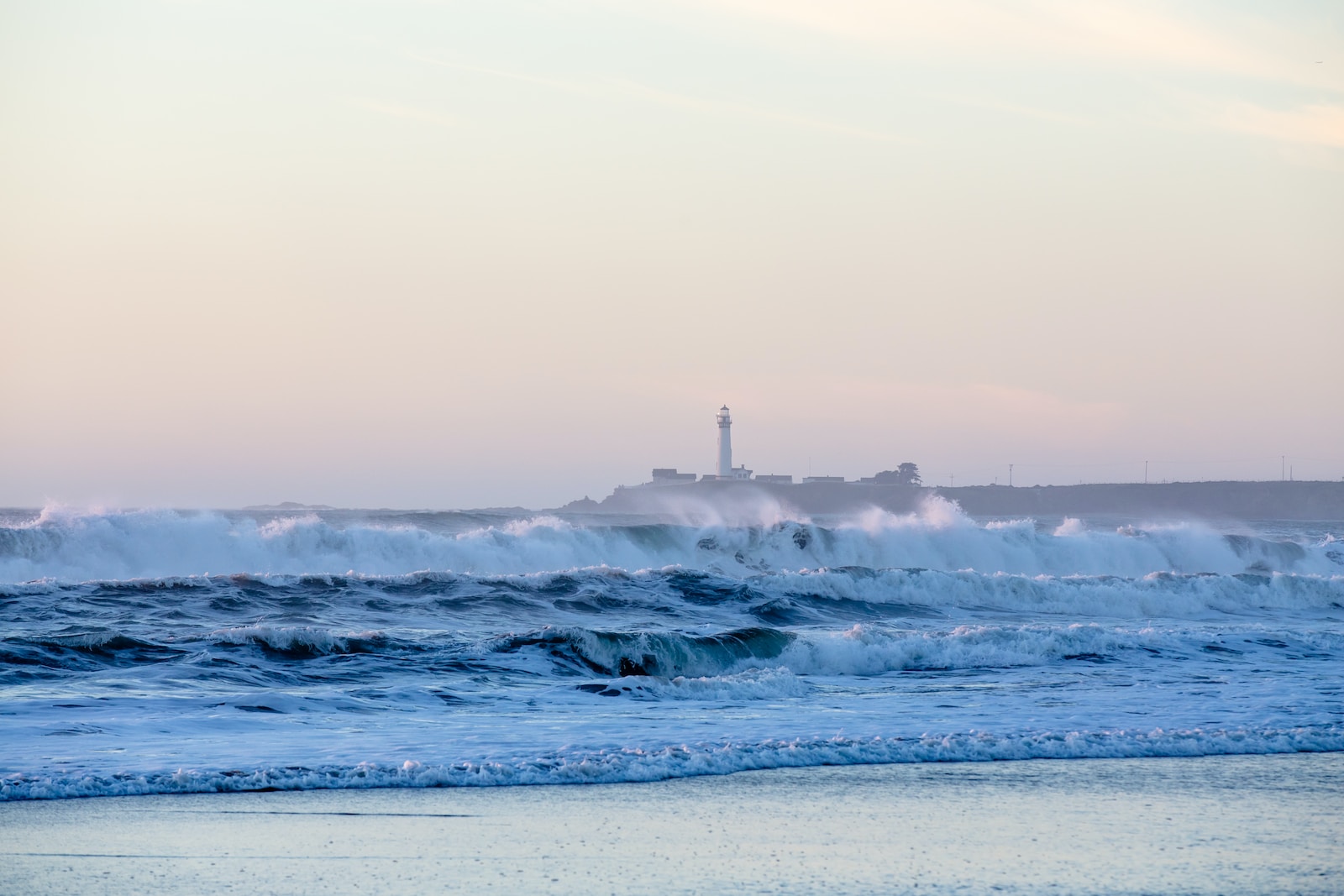Table of Contents
ToggleIntroduction:
The Pacific Ocean is home to a mysterious phenomenon – a large blob of warm water that has disrupted El Niño’s usual behavior. This unusual warmth, located in the west-central Pacific, is influencing weather patterns across the globe, adding an extra layer of complexity to climate predictions.
A Warm Blob in the Pacific: A Disruptor of El Niño’s Normality
El Niño, a climate pattern characterized by unusually warm waters in the tropical Pacific, typically triggers a chain of events that influence weather worldwide. However, this year’s El Niño is behaving differently, thanks to the warm blob’s presence.
El Niño’s Unusual Behavior: A Tale of Two Warmth
During typical El Niño years, warm waters in the eastern tropical Pacific heat the air, causing it to rise and trigger rainfall. However, the warm blob in the western Pacific is diverting this rising motion, leading to suppressed rainfall in the eastern Pacific and a drying effect on the atmosphere.
The Warm Blob’s Influence: Suppressing Rainfall and Drying the Atmosphere
The warm blob’s influence extends beyond rainfall, impacting atmospheric conditions. It is causing more tropical rain to fall in the western Pacific, a region that typically receives less precipitation. This excess rainfall is reducing the intensity of thunderstorms, further disrupting the atmospheric circulation.
Lingering La Niña Effects and Human-Caused Climate Change: Potential Culprits
Scientists are investigating the potential causes behind the warm blob’s emergence. One theory suggests that lingering effects from a triple-dip La Niña event, El Niño’s cool counterpart, may have contributed to the unusual warmth. Additionally, human-caused climate change could be exacerbating the warming trend.
Prospects for the Coming Winter: Uncertainty Amidst Warmth
The National Weather Service predicts that strong El Niño conditions could persist through the winter, with a possibility of becoming historically strong. However, the warm blob’s influence adds an element of uncertainty to these forecasts.
El Niño’s Impacts: A Glimpse into Winter’s Weather Patterns
El Niño winters typically bring warmer temperatures to the northern U.S. and Alaska, while the southern states experience cooler, wetter conditions. However, the warm blob’s presence could alter these patterns, leading to unexpected weather events.
The Warm Blob’s Evolving Role: A Dynamic Force Shaping Weather
The warm blob’s behavior is dynamic, and its influence on El Niño and global weather patterns is likely to evolve over time. Scientists continue to monitor the situation closely, seeking to unravel the complex interactions between the ocean and the atmosphere.
Conclusion:
The warm blob in the Pacific is a fascinating example of how natural phenomena can disrupt our understanding of climate patterns. As we seek to predict and prepare for future weather events, understanding the blob’s behavior and its influence on El Niño is crucial.







